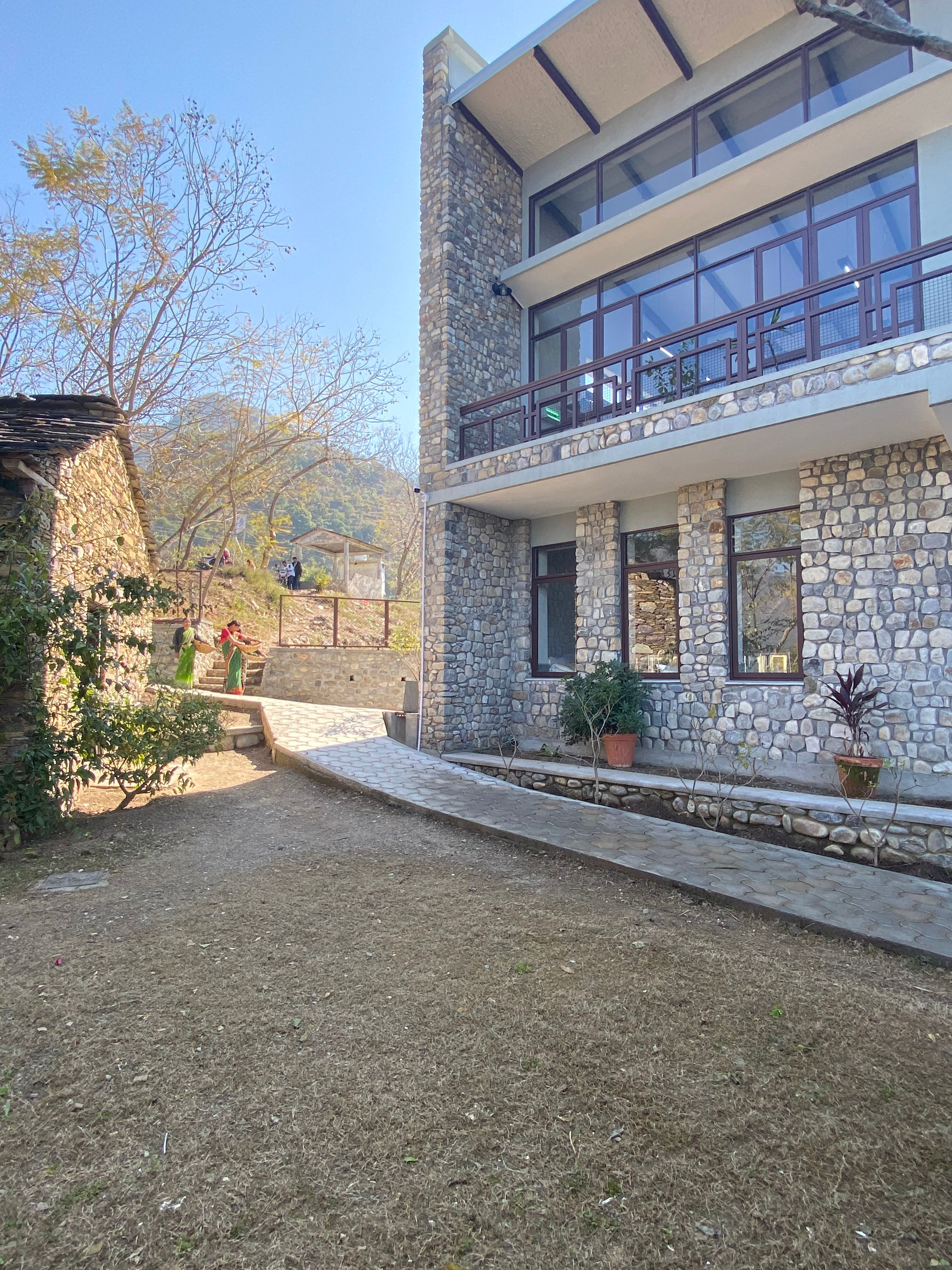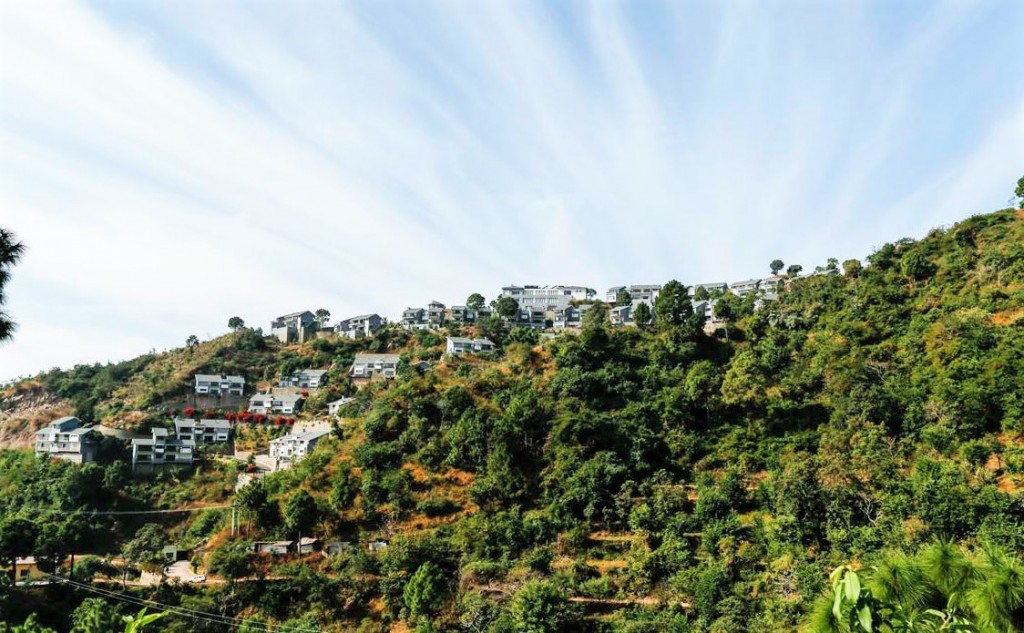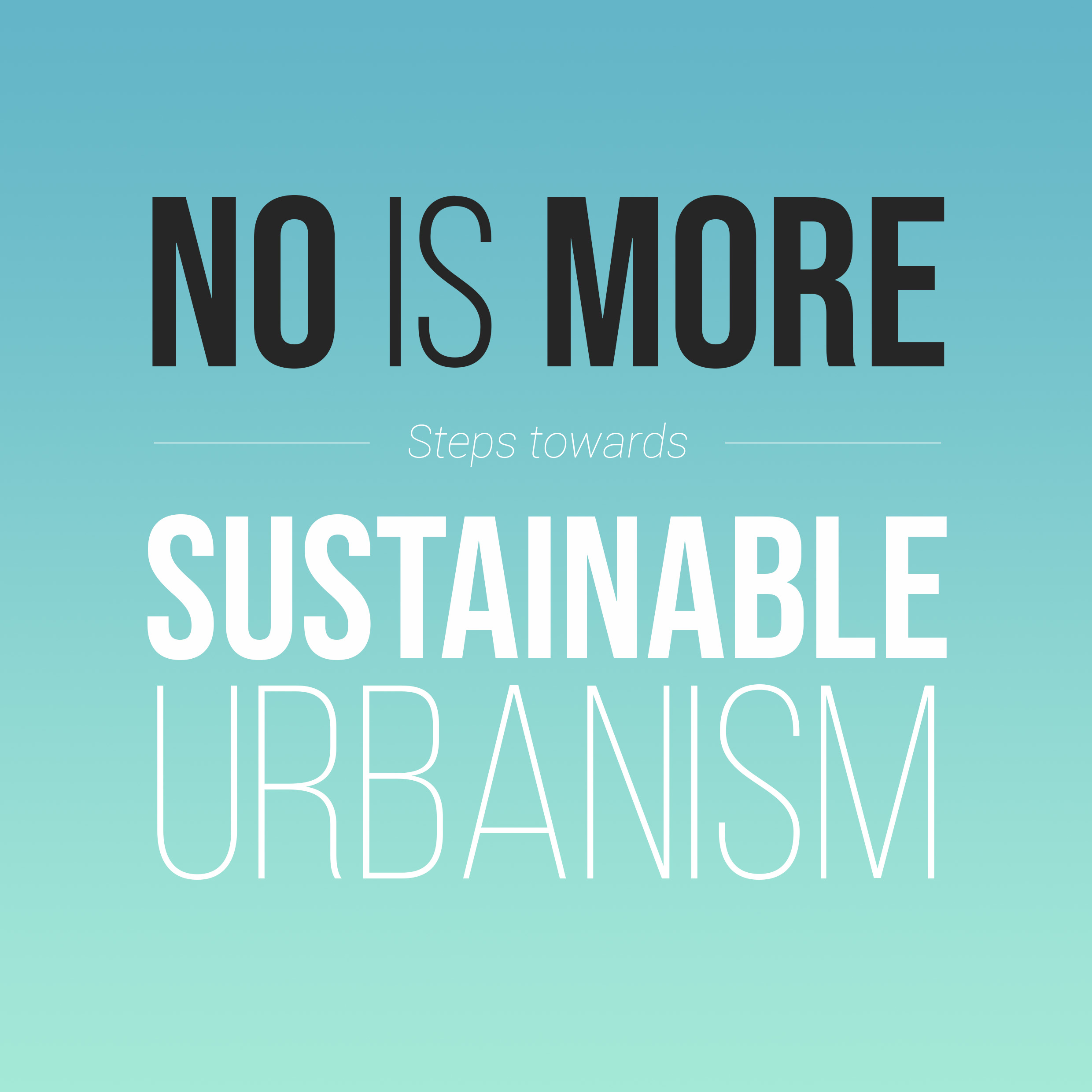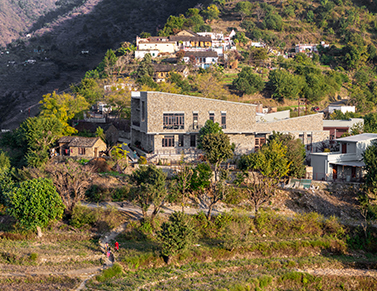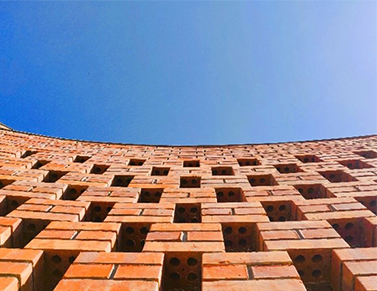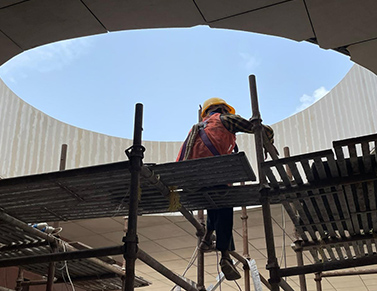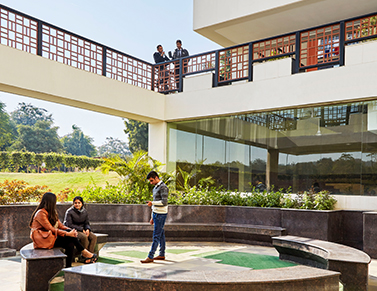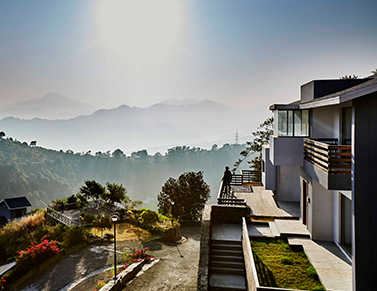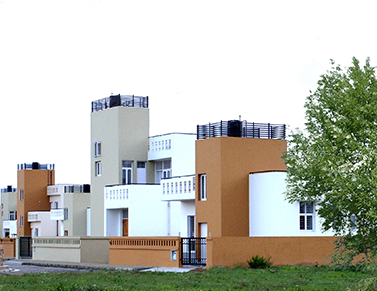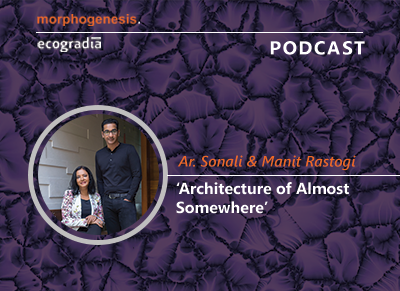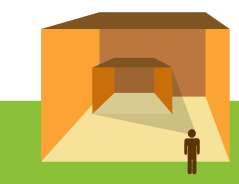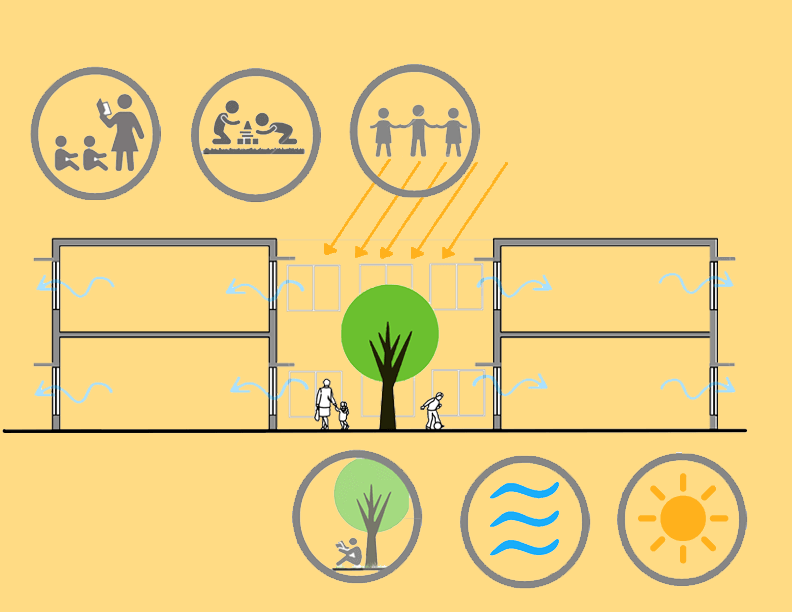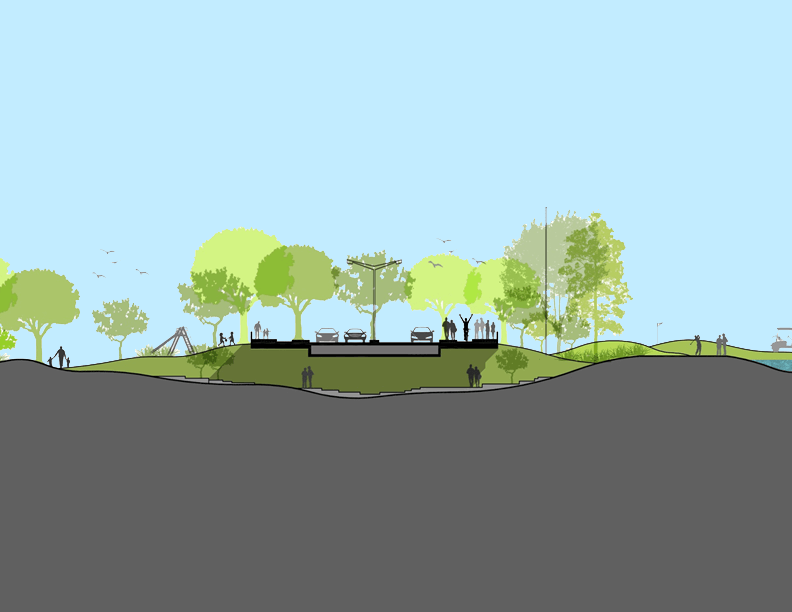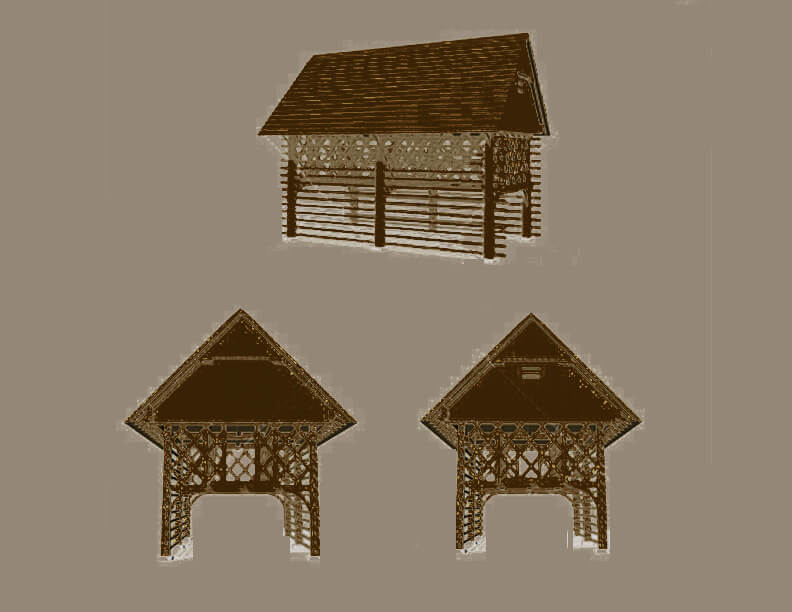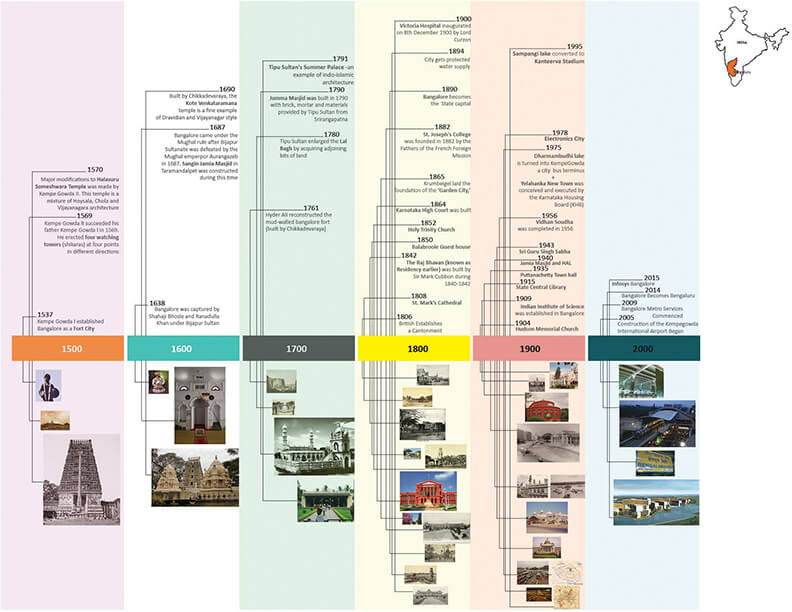The recent successful rescue of 41 individuals trapped in the Uttarkashi Tunnel on the Gangotri-Yamunotri Char Dham Highway Project serves as a stark reminder of the ongoing challenges faced by communities in the Himalayan states, including Himachal Pradesh, Uttarakhand, and Assam. These regions continue to grapple with a relentless cycle of catastrophes, ranging from flash floods to landslides.
However, such disasters are not confined solely to the Himalayas. Instances like the Sardar Sarovar floods in September 2023, the sinking of the Medigadda dam in Telangana in October 2023, and the floods in Kerala in both August 2018 and August 2019, underscore the nationwide impact of environmental vulnerabilities.
The crucial question arises: are these events indicative of an unprecedented environmental challenge, or are they a consequence of factors such as unregulated construction, land degradation, and the subsequent reduction in forest cover?
The Pitfalls of Current Construction Practices
Architecture and urban planning frequently adopt a one-size-fits-all approach, while scientific endeavors tend to prioritize data collection rather than employing it for context-specific and adaptive solutions. Our building codes and construction methods often run afoul of construction laws, leading to house collapses, landslides, and earthquakes. This prevalent approach poses significant challenges, especially in regions with distinctive geographical characteristics, such as the Himalayas, where the repercussions of these deficiencies become glaringly evident. An illustrative example is the River Beas, which altered its course at various locations in the Kullu and Mandi districts of Himachal Pradesh during the floods of 2023.
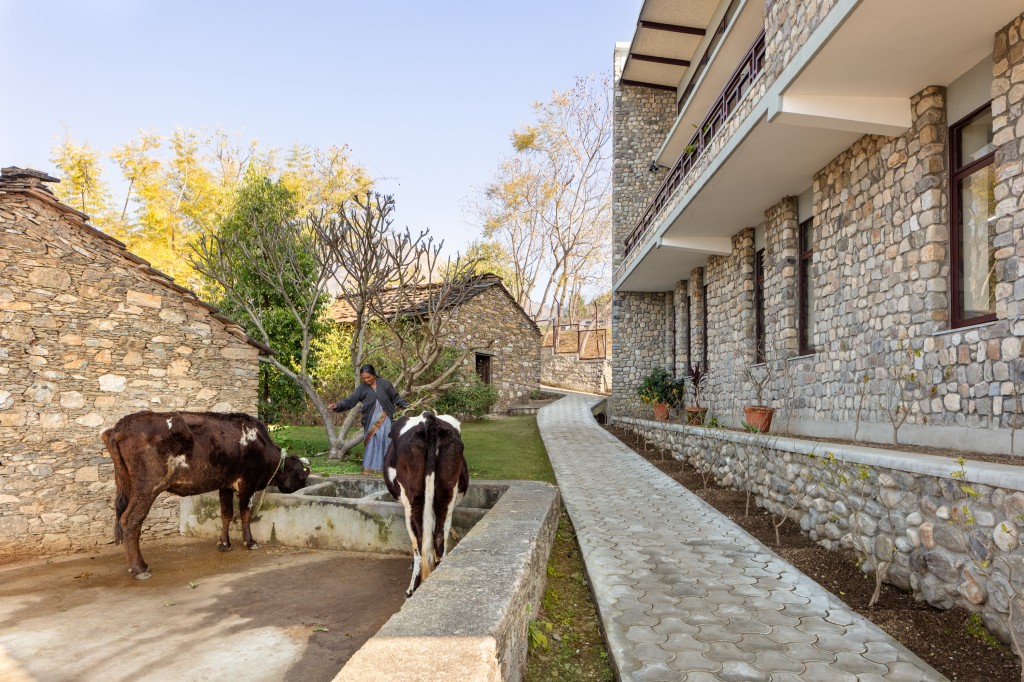
Lodsi Community Project for Forest Essentials by Morphogenesis
Employing Participatory Design & Indigenous Architectural Styles
In recent years, there has been a burgeoning movement to document and study traditional architectural styles. Architects, designers, and local builders are increasingly embracing historical practices as a cornerstone for contemporary construction. This approach involves seamlessly integrating modern design and amenities while presenting sustainable alternatives that honor the wisdom of the past.
Notable examples include the local construction techniques of Kath Kuni and Koti Banal in Himachal Pradesh, Bhunga houses in Gujarat, and Chuttilu style houses in Visakhapatnam. These practices incorporate indigenous materials to ensure that buildings can withstand natural calamities and harmonize with the surrounding terrain.
Moreover, community-driven policymaking is crucial. The focus should be on advocating for local awareness and reigniting pride in traditional building methods to counter the prevailing trend towards multi-storey city-type dwellings.

The built form for the Lodsi Community Project is inspired by the traditional Garhwali ‘kholi’ (house).

The development of the facility integrates the site topography and climate, utilising the footprint of the pre-existing structure.
For instance, our design for the Lodsi Community Project, nestled along the Himalayan foothills in Rishikesh, India, employs traditional materials and artisanal skills, actively addressing socio-cultural and economic sustainability in the region.
Integrating Science and Planning
Collaboration between science and planning is imperative. Considering region-specific guidelines and ecologically sensitive factors can mitigate the impact of unprecedented extreme weather events on human life and local infrastructure. This involves conducting a comprehensive environmental impact assessment for all urban areas.
A flexible framework that aligns construction types with slope gradients and identifies zones prone to seismic activity and flooding will minimize excessive excavation and filling, thereby preserving the land’s stability. Stakeholders of projects and construction companies should be mandated to stabilize slopes and establish a green cover upon completing a project.
Proactive Measures for Mitigating Natural Hazards
Significant efforts, research, and technological interventions have yielded essential tools for monitoring and addressing natural hazards. Diverse measures, such as prediction through monitoring, seismic zonation, and assessments of earthquake and landslide hazards, have been implemented. However, it is crucial to proactively apply this knowledge.
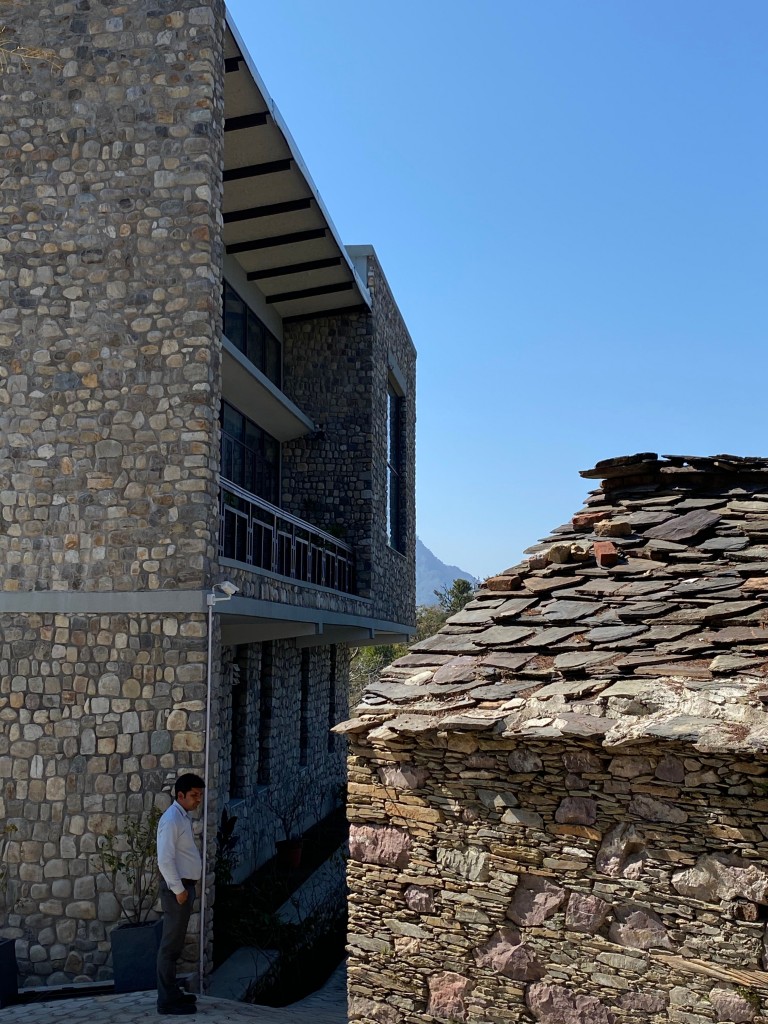
Lodsi Community Project for Forest Essentials by Morphogenesis

